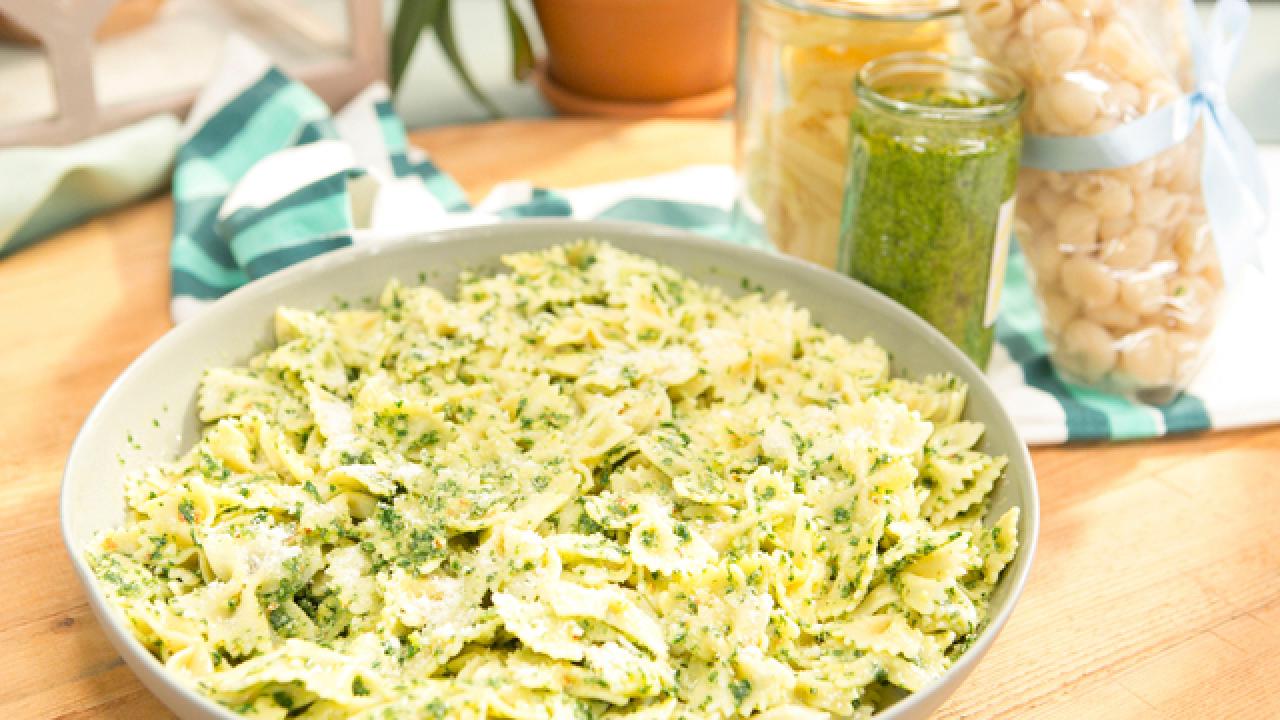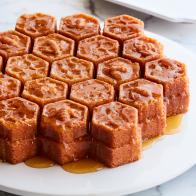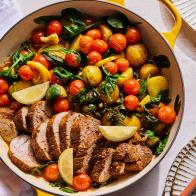What Do I Do with Swiss Chard?


Danita Delimont, This content is subject to copyright.
Swiss chard (also known simply as chard) is a leafy green vegetable that is related to beets and spinach. It is rich in vitamins A, C and especially K, and it is also a good source of magnesium, iron and potassium. Chard can be steamed or sauteed, and it’s great in soups, stews, casseroles, frittatas and quiches. Young leaves can be eaten raw in salads.
Chard always has green leaves, but the stalks can be a variety of colors. Rainbow chard is an assortment of different varieties, with stalks of red, pink, orange, yellow and white. The colors will fade somewhat in the cooking process, but boy are they pretty to look at when uncooked! Chard stems take a little longer to cook than the leaves, but the whole plant is edible and delicious. It’s a little bit sweet in the stems (which have a slight celery-like flavor) and pleasantly bitter in the leaves. Some people prefer to remove the stems from the leaves and cook them separately. If the stems are thin and tender, this step can be skipped.
Chard appears frequently in Mediterranean cooking, as well as American, though it is used (sometimes called by different names) in cuisines ranging from Egyptian to Turkish. It’s not Swiss — there is no clear reason why it got attached to that country.
When choosing chard, look for stems that are firm and brightly colored and leaves that are glossy and smooth without any brown or yellow spots. Store chard wrapped in slightly damp paper towels and tucked into an open plastic bag; it will last for up to three days.
Photo courtesy iStock

David Lang, David Lang
Recipes:
Swiss Chard Pesto with Almonds and Pecorino (See how it's made in a clip from The Kitchen below)
White Bean Chard Soup from Food Network Magazine
Seared Steak with Chard Salad from Food Network Magazine
































